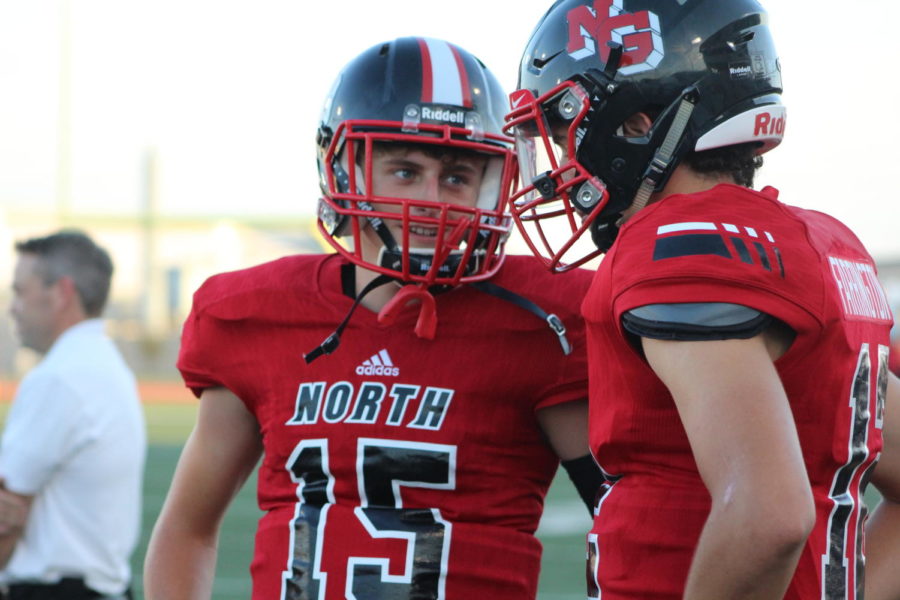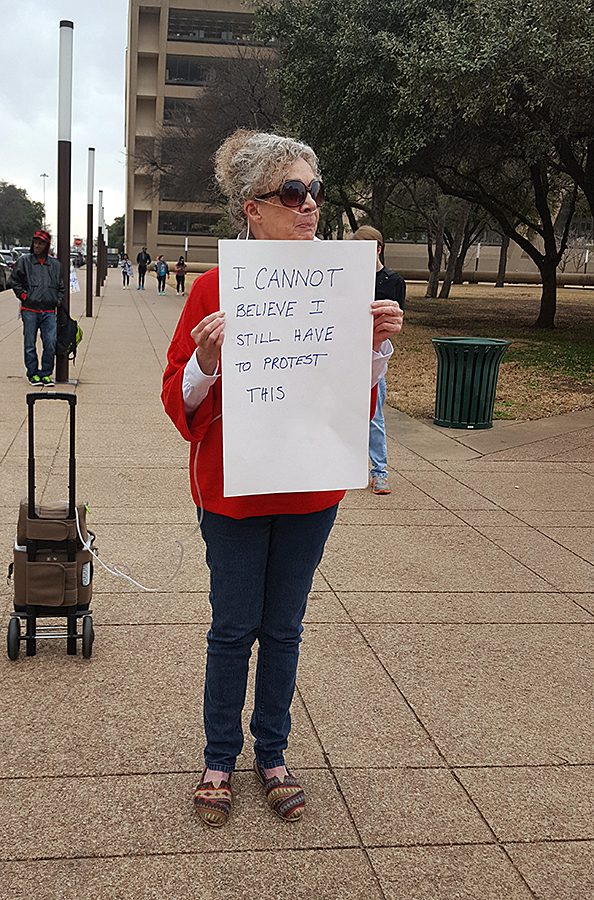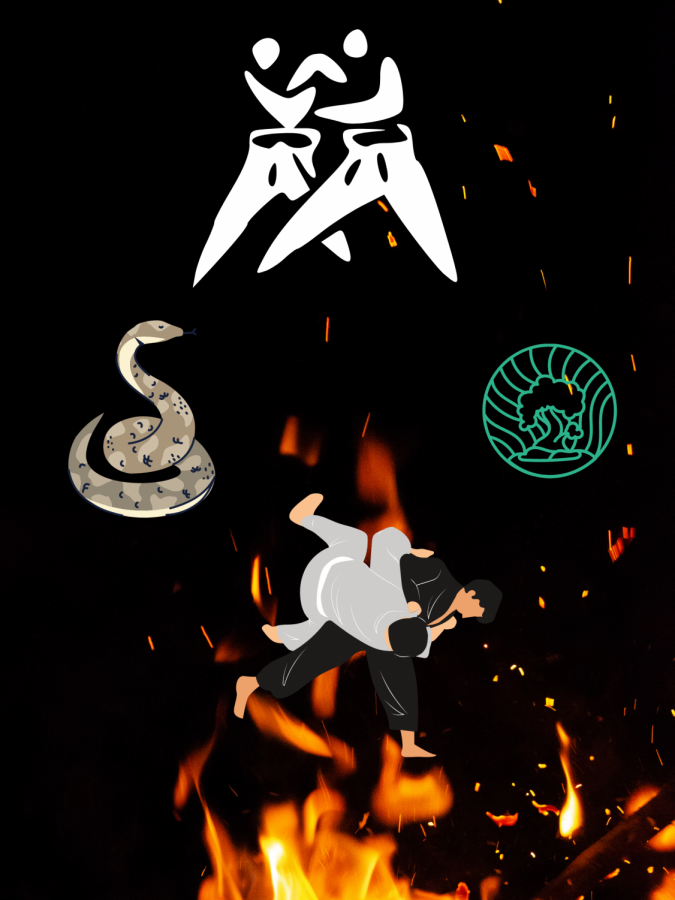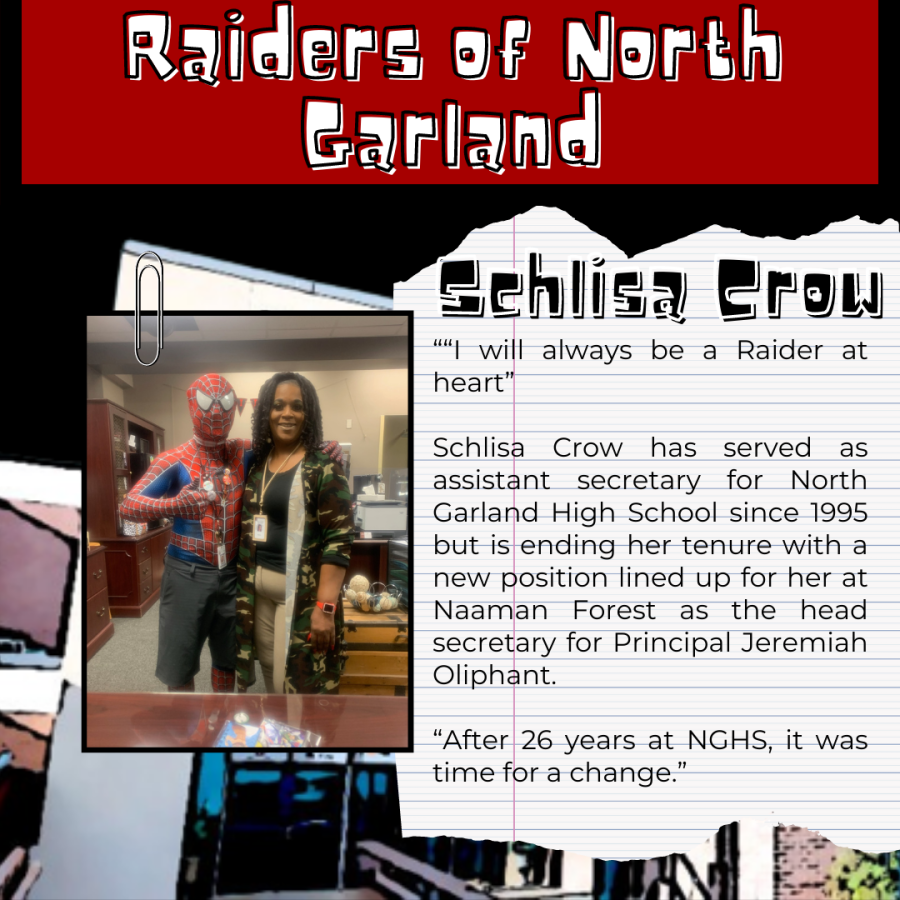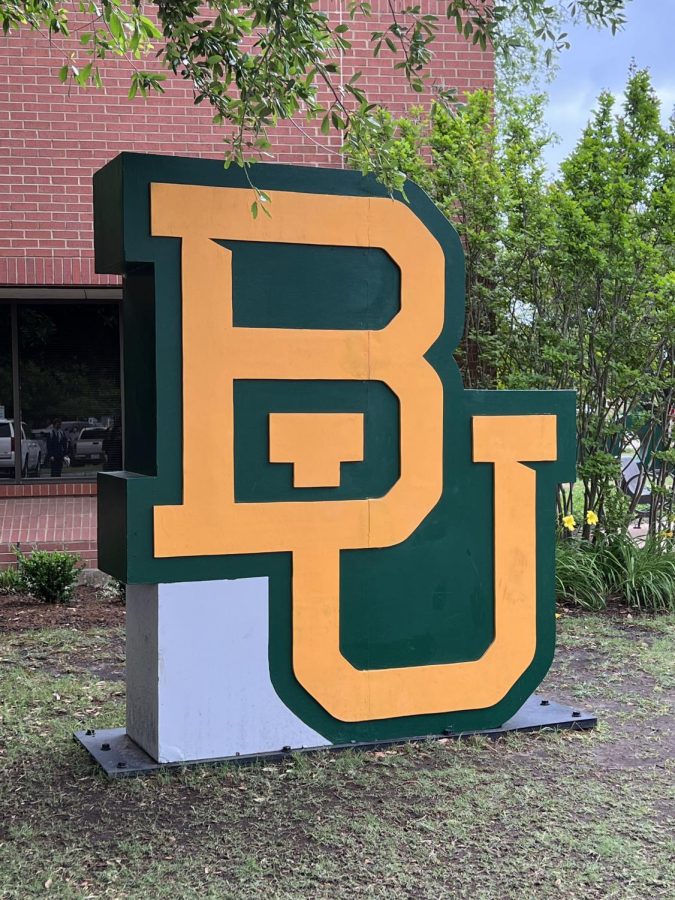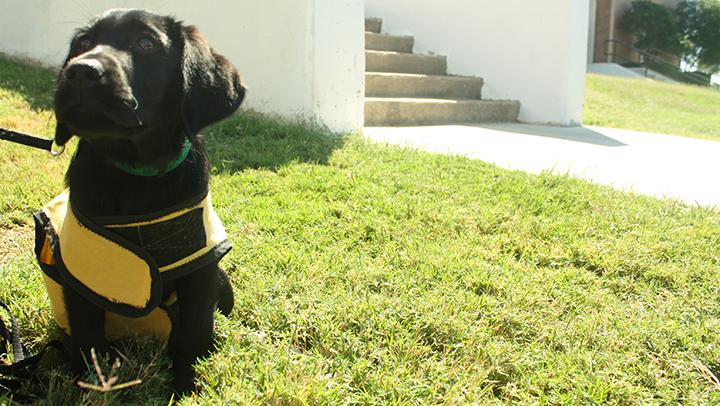The new guide dog in the school is here and anxious to learn. Zola, a black Labrador puppy, will spend the next school year wandering the halls, and LIGHT counselor, Karen Gordon, will be the person in charge of her.
Gordon is currently training her eighth puppy, Zola. If Zola is one of the 45 percent of dogs that pass the training, she could be a candidate to become a breeder, an honored position among the program. Dog breeders do just that, breed more puppies. The breeders are considered to be the top dogs in the program as they create the upcoming guide dog generations.
“They go all over the U.S. for that first year, so being with me all day long is no big deal,” Gordon said. “So as she’s growing up, she doesn’t think anything about it.”
The Guide Dogs for the Blind program assists the blind by assigning them a trained dog that will aide them with everyday tasks, such as going to work or walking down stairs. According to the Guide Dogs for the Blind website, the dogs are trained to lead a person from one point to another; they are trained to stop before any changes in elevation, to stop for any overhead objects and to avoid obstacles in a path. The dog is trained to lead, obey commands, avoid distractions and disobey a command if it would put the team in danger.
“The people who teach me how to train dogs are a lot more knowledgeable than I am,” Gordon said. “I never think that I am the best dog raiser or trainer, but I will tell you that my dogs have been successful. Out of my eight dogs, only one has not been successful.”
Guide dogs can be clearly identified through their yellow harness. If there are doubts, however, the dogs can be identified through their tattoo and their microchips. The person in charge of them should also have an I.D verifying that the dog is indeed a service dog. Just like the blind, the service dogs are also protected by federal law.
“The Americans with Disabilities Act says that any service dog or any service dog in training has the right to be in any public place,” Gordon said. “I didn’t know much about it either, until I started volunteering as a puppy raiser.”
Gordon stresses that people should never pet a guide dog while they are wearing their yellow harness, because it may distract them. Although guide dogs are trained, they may commit a mistake and put the person they are leading in danger. Although the dogs are well trained and very well behaved, they are not responsible for many things. Guide dogs cannot read traffic lights or follow a new route without proper practice first. And, most importantly, it is up to the person to know, at all times, where they are located; however, there is a way of finding the team if they get lost.
“[The dogs] are microchipped, so that anyone that finds them can figure out where [the team] belongs,” Gordon said.
According to Gordon, being a guide dog trainer is much like being a mother. Trainers nurture them so that the dogs become their best. And in the end, trainers know that eventually the dogs will go their own ways.
“Fortunately that’s how I can keep going, because the only thing I can equate this to is mothers,” Gordon said. “[They] raise their children and they go off into the world. And that’s the way it’s supposed to be.”








